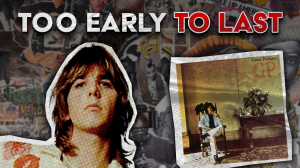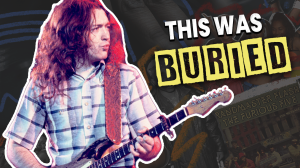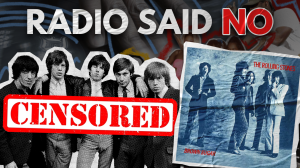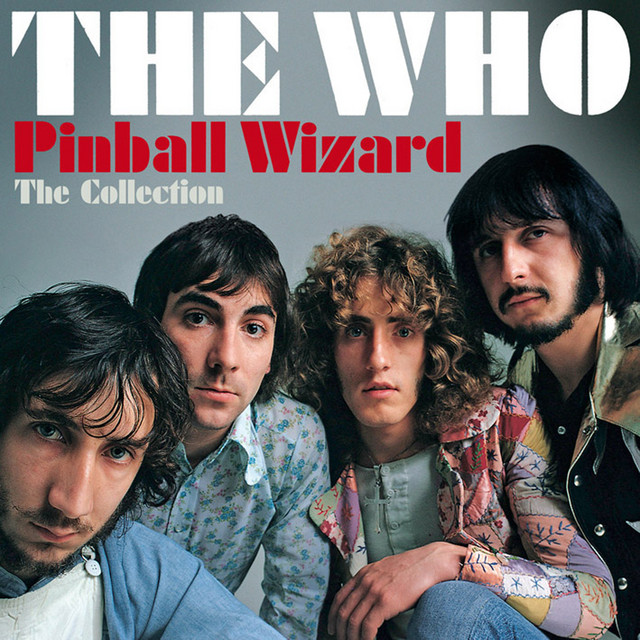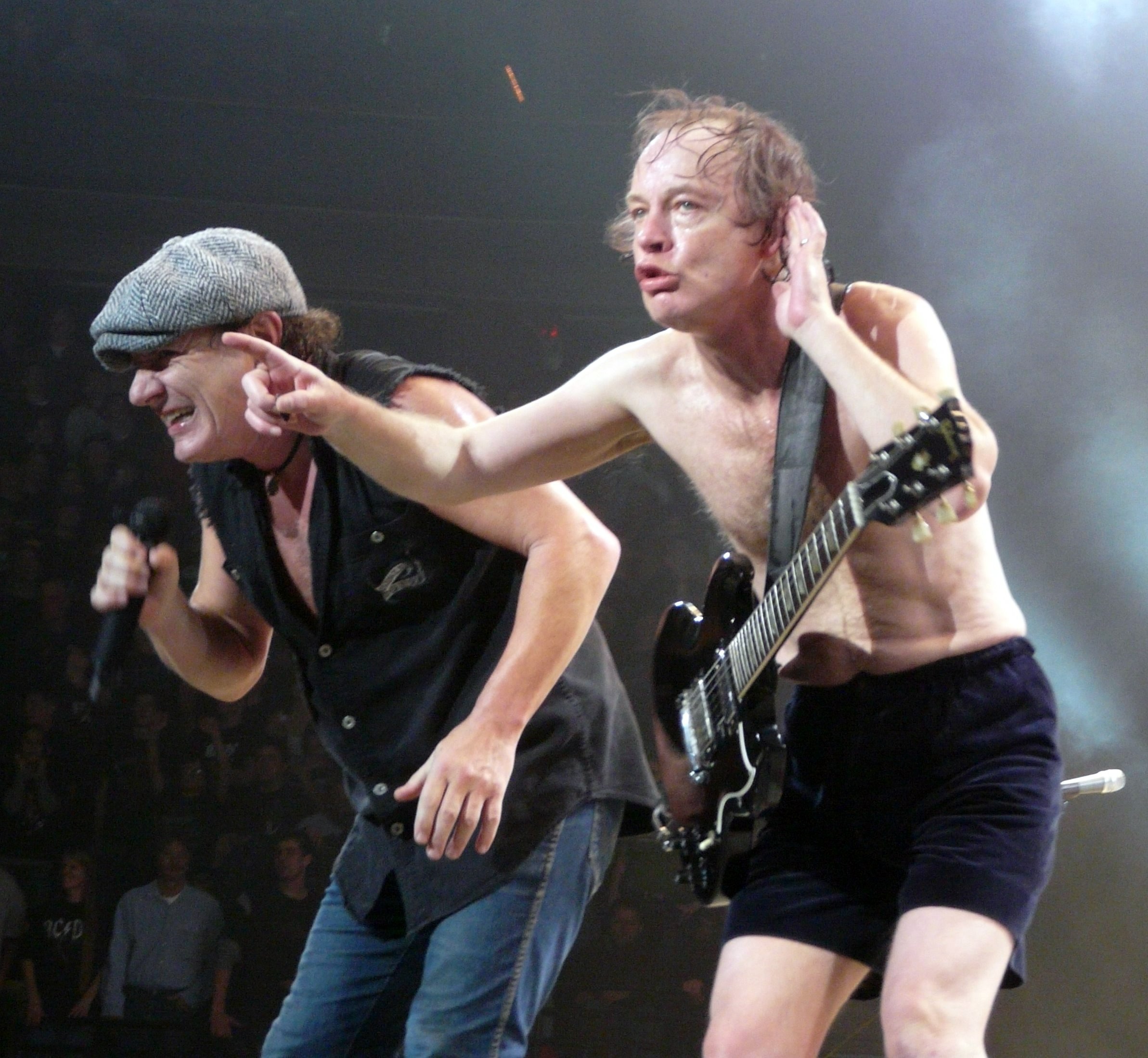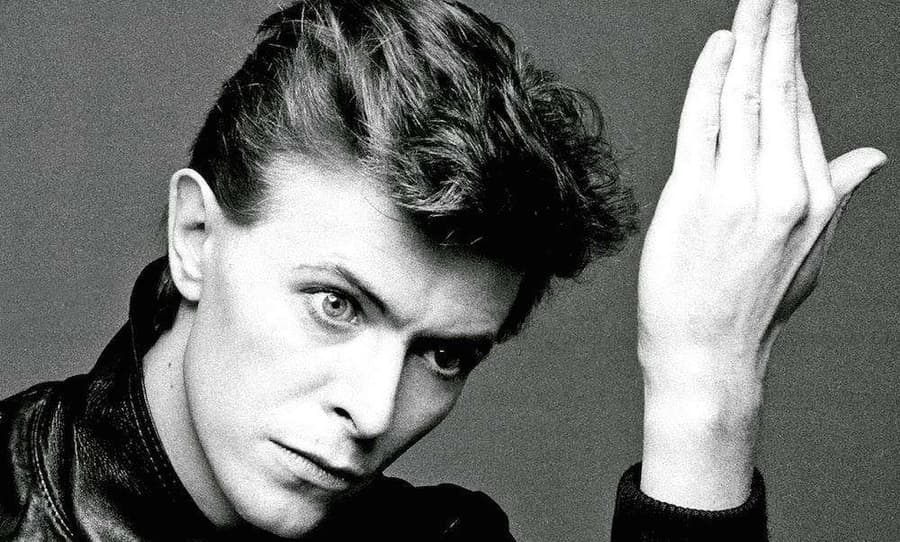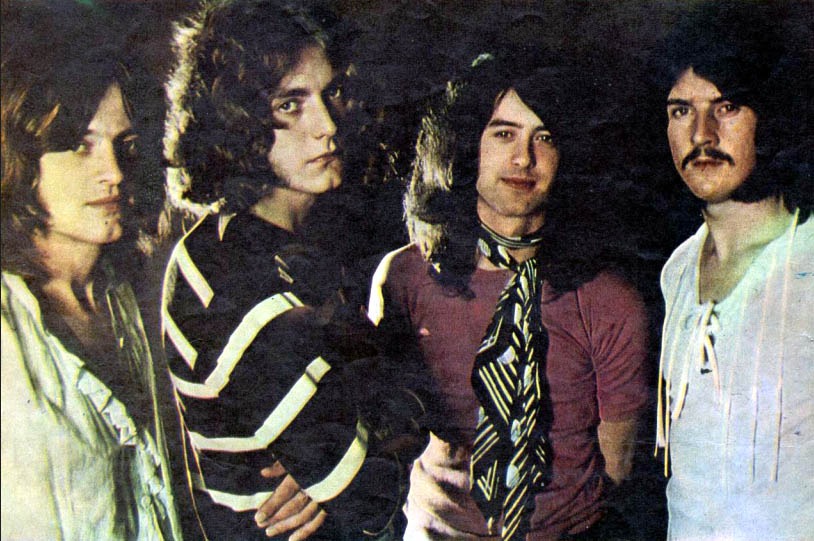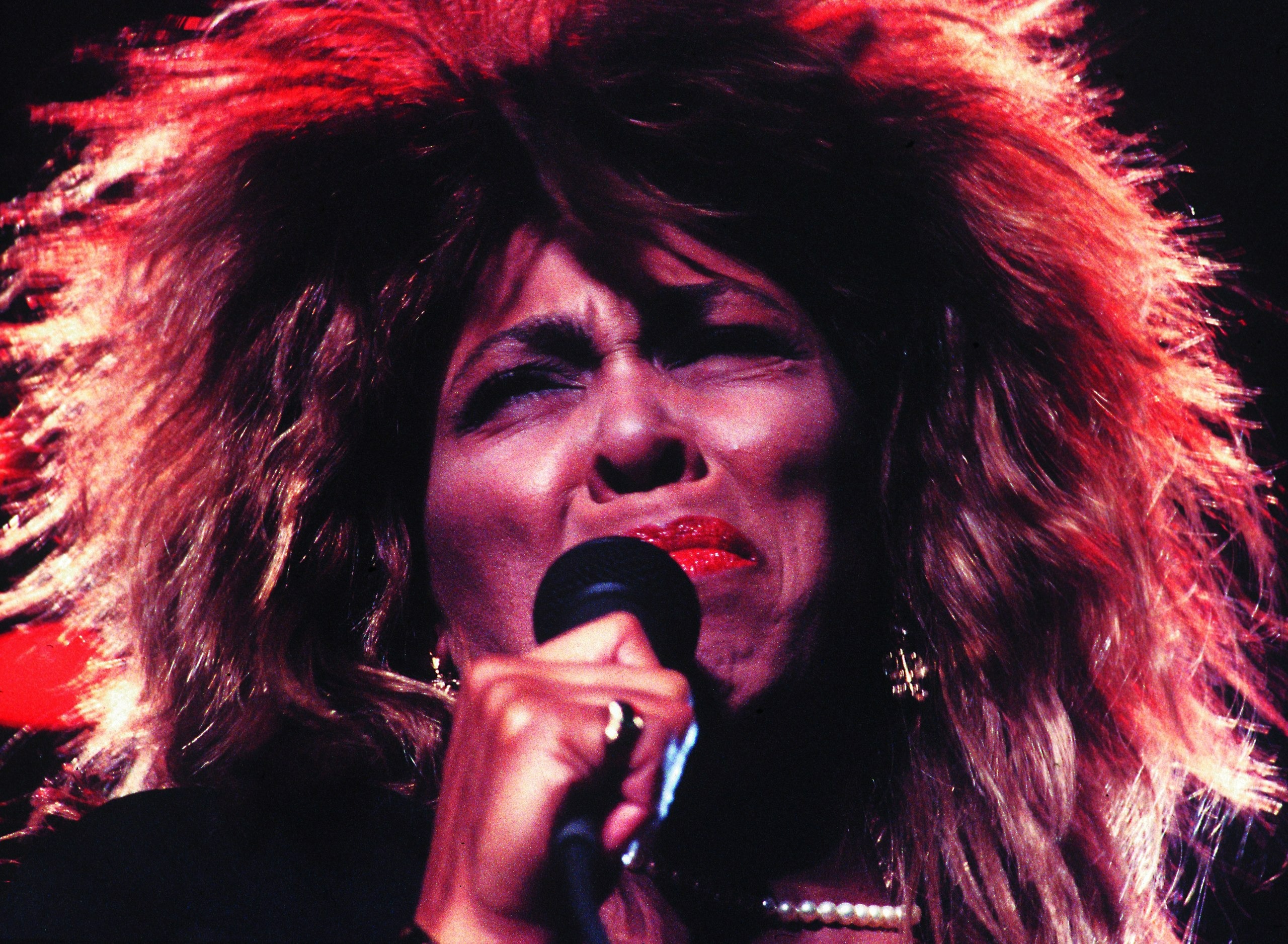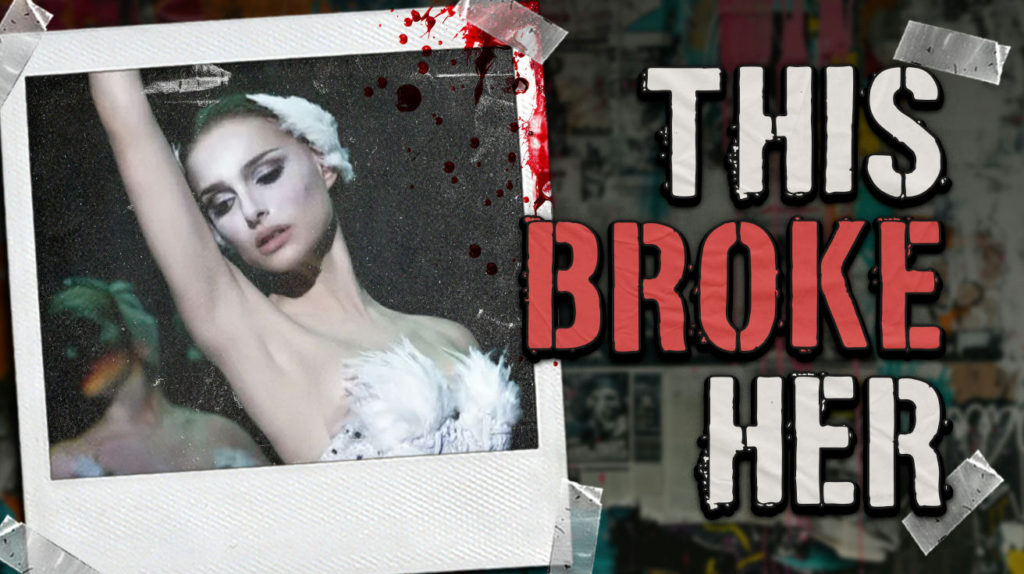
Cinema’s greatest dance sequences don’t just entertain—they reprogram your understanding of storytelling through bodies in motion. These ten performances represent moments where choreographers achieved perfect emotional synthesis, creating sequences that still influence TikTok creators and Marvel action directors alike. Each one demonstrates how the right combination of technique and psychological insight transforms simple movement into cinema that lives permanently in your nervous system.
9. Cellblock Tango – Chicago (2002)
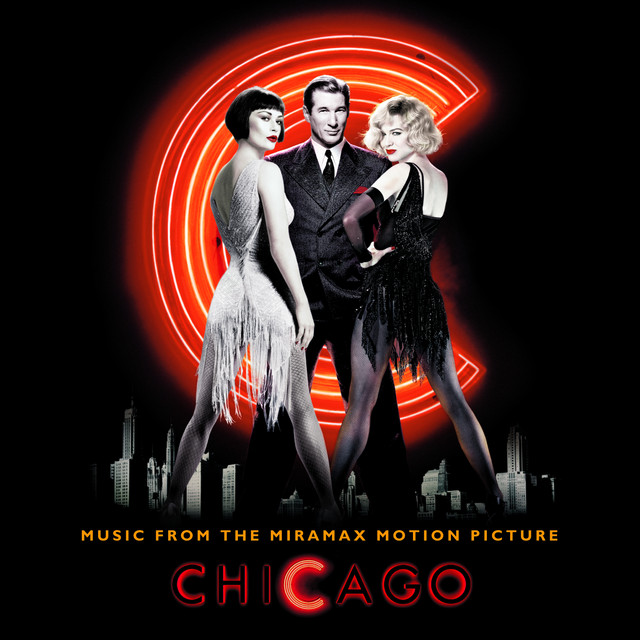
Catherine Zeta-Jones weaponizes seduction with movements sharp enough to cut glass. Rob Marshall’s choreography transforms murderous confession into predatory spectacle, each murderess revealing deadly secrets through controlled explosions of jazz-infused tango. Tight gestures suddenly erupt into violent extensions that mirror breaking points. Red lighting against prison bars creates visual heartbeats pulsing through every strike.
8. The Girl Hunt Ballet – The Band Wagon (1953)
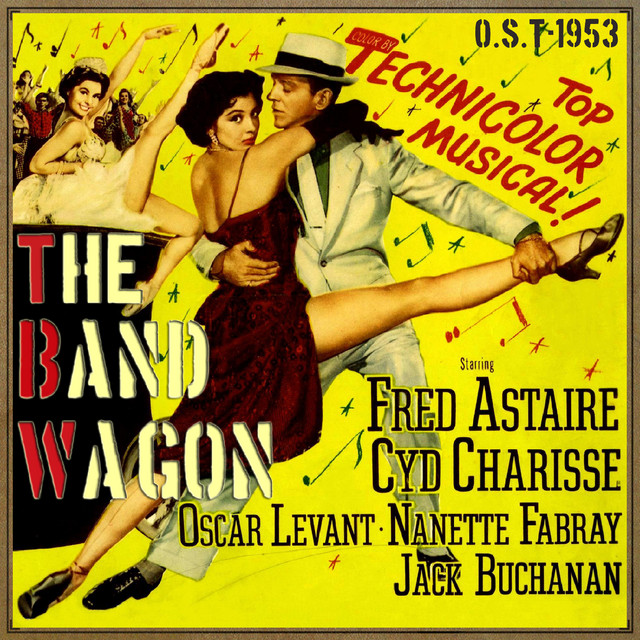
Fred Astaire and Cyd Charisse deliver narrative dance that feels like watching graphic novels spring to life. Michael Kidd’s choreography converts film noir’s psychological shadows into physical vocabulary without spoken words. Astaire moves like a curious detective, his body asking questions that Charisse’s evasive spins refuse to answer. Choreographers still reference this sequence when teaching movement-as-dialogue techniques.
7. You’re All the World to Me – Royal Wedding (1951)
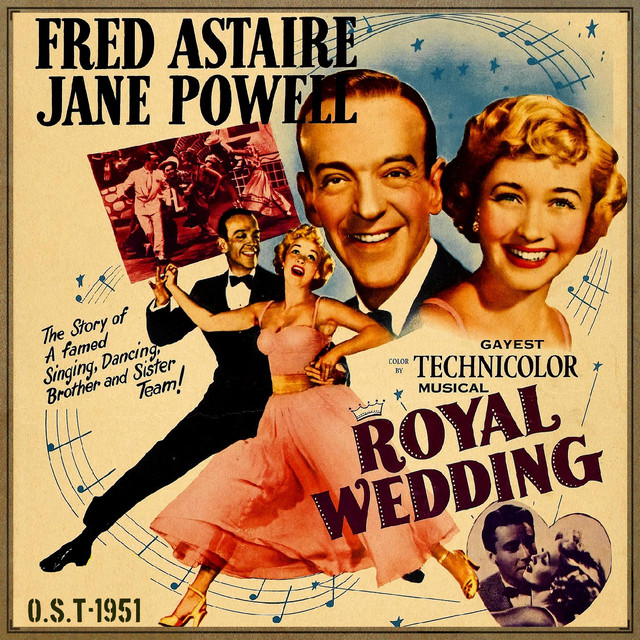
Before CGI existed, Fred Astaire danced on walls and ceilings using a rotating room that created Hollywood’s first immersive dance environment. Gravity-defying footwork maintains perfect rhythm regardless of orientation, making physics itself seem negotiable. The sequence becomes cinema’s most elegant metaphor for infatuation—that world-turning-upside-down feeling of new love translated into actual spatial disorientation.
6. Cool – West Side Story (1961)
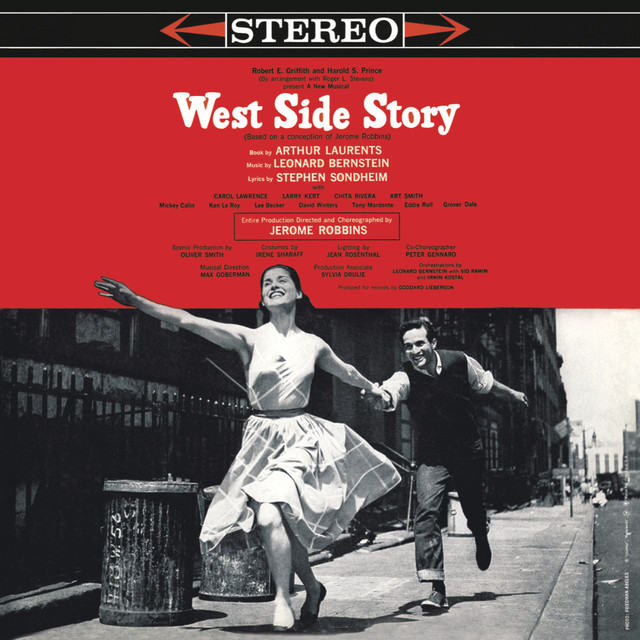
Jerome Robbins transforms the Jets into pressure cookers with tightened lids, their bodies containing explosive energy threatening to burst through snapping fingers. Movements simultaneously express “hold back” and “let loose” in brilliant contradiction. Sharp jazz hands punctuate air like visual exclamation points while faces maintain eerie calm. Modern choreographers from Hamilton to Marvel films still steal this technique.
5. Black Swan’s Final Dance (2010)
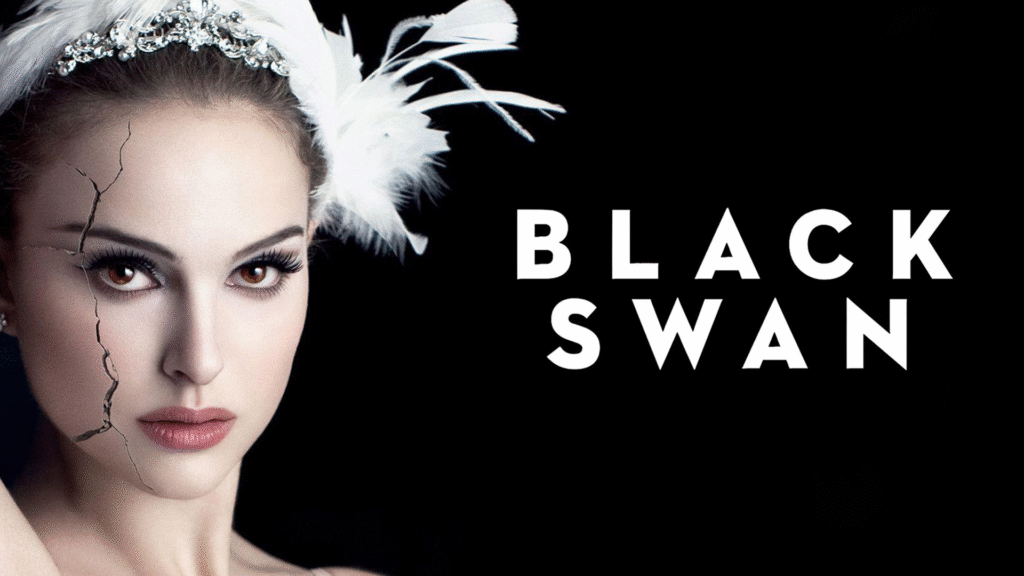
Natalie Portman’s transformation from perfectionist to unhinged artist unfolds through movement growing increasingly feral. Benjamin Millepied’s choreography maps psychological fracture onto physical form—classical ballet vocabulary getting progressively distorted like corrupted files. Her arms transition from perfect port de bras to twisted extensions that crack and reform, creating cinema’s most visceral representation of artistic obsession consuming its host.
4. Singin’ in the Rain Dance (1952)
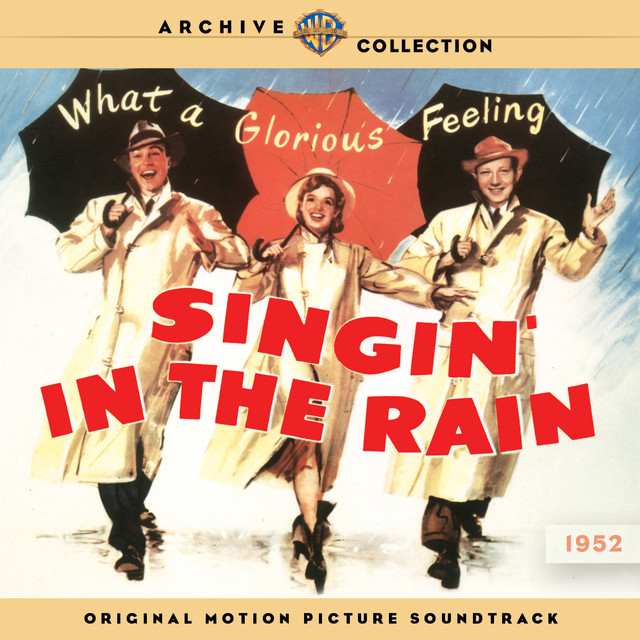
Gene Kelly transforms mundane weather into pure transcendence through movement that feels like bottled joy uncorked. His interaction with environment elevates lampposts and puddles into willing dance partners. Each splash creates both sound and visual punctuation, turning precipitation into percussion. The choreography maps the journey from “making the best of things” to discovering unexpected bliss in unexpected places.
3. Step Up 2 Rain Battle Meets Center Stage Fusion (2008/2000)
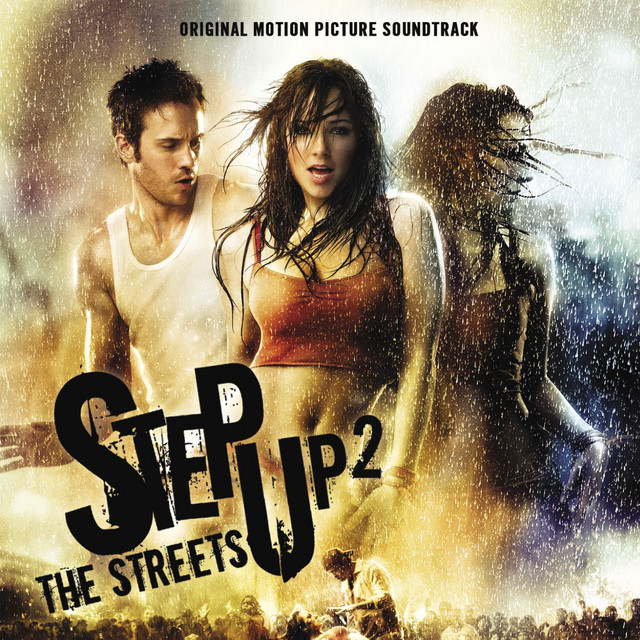
Two sequences that redefined dance rebellion for the YouTube generation. Step Up 2‘s rain-soaked finale transforms environmental challenge into creative catalyst, dancers using water as collaborative element rather than obstacle. Center Stage‘s red-pointe-shoe rebellion demonstrates classical technique breaking free from tradition in real-time. Both sequences birthed the dance fusion aesthetic that dominates social media choreography today.
2. The Barn Dance – Seven Brides for Seven Brothers (1954)
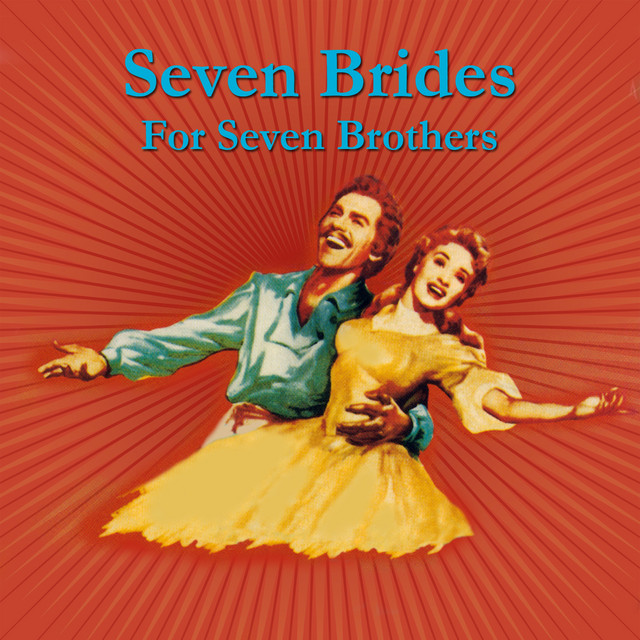
Michael Kidd turns competitive courtship into acrobatic spectacle where masculinity gets measured in leap height and landing precision. Wooden planks become springboards, low ceilings create obstacles for calculated jumps. Each movement contains both raw athleticism and surprising refinement—perfect visual representation of frontier spirit aspiring toward structure. Action choreographers still study this for integrating environment into fight sequences.
1. Stormy Weather’s Nicholas Brothers (1943)
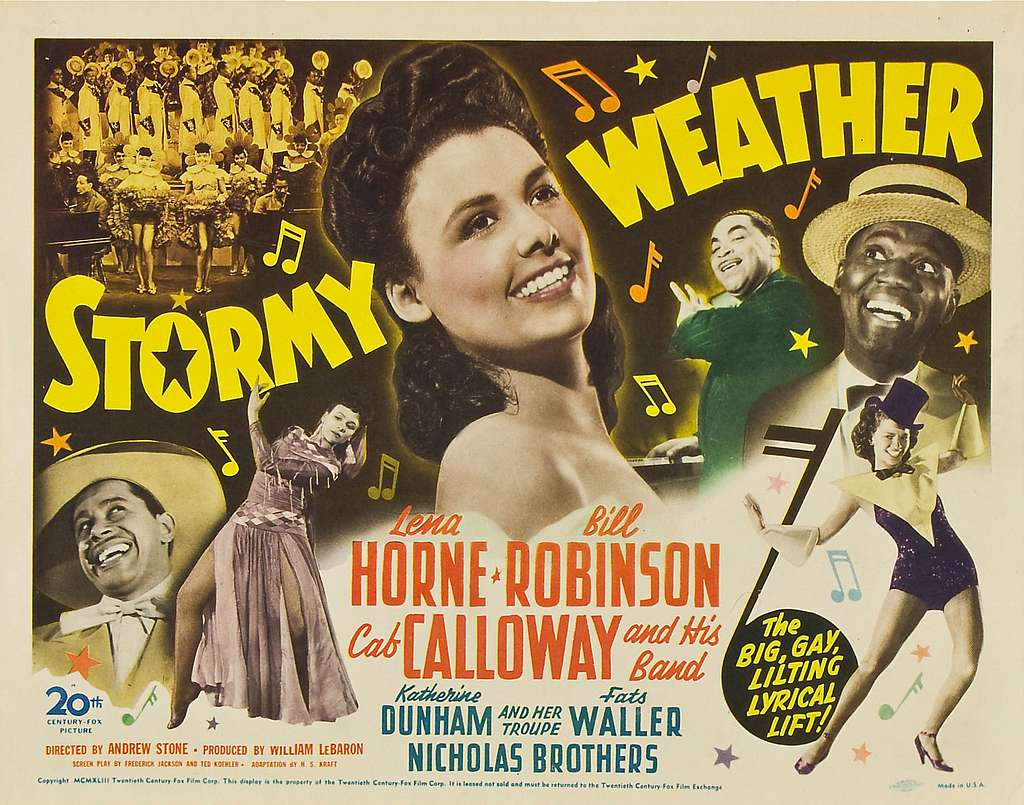
The Nicholas Brothers deliver technical precision that defies anatomical possibility. Their synchronized splits, gravity-defying leaps, and flawless rhythm create performance that feels futuristic eight decades later. Their staircase descent via consecutive splits should be devastating, yet they execute it with smiling ease. Fred Astaire called this cinema’s greatest musical sequence—a standard dancers still measure themselves against today.




